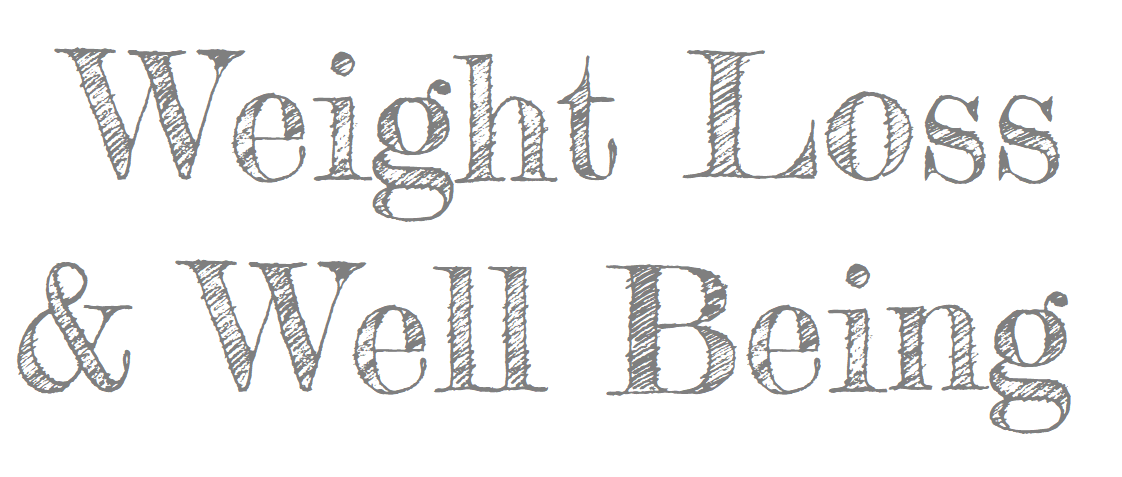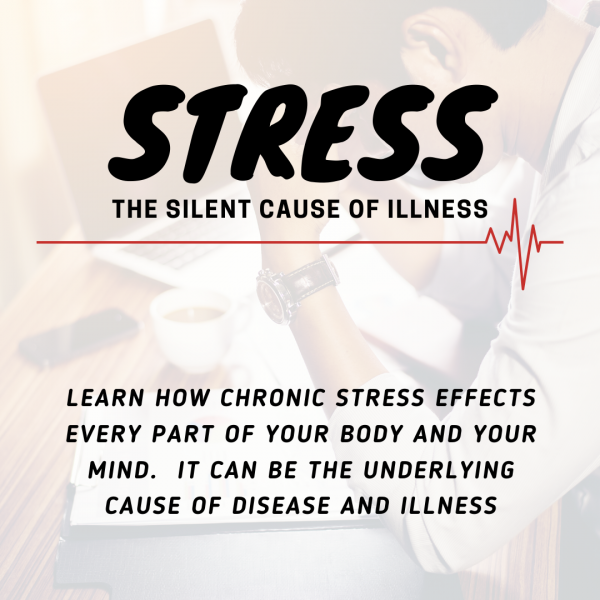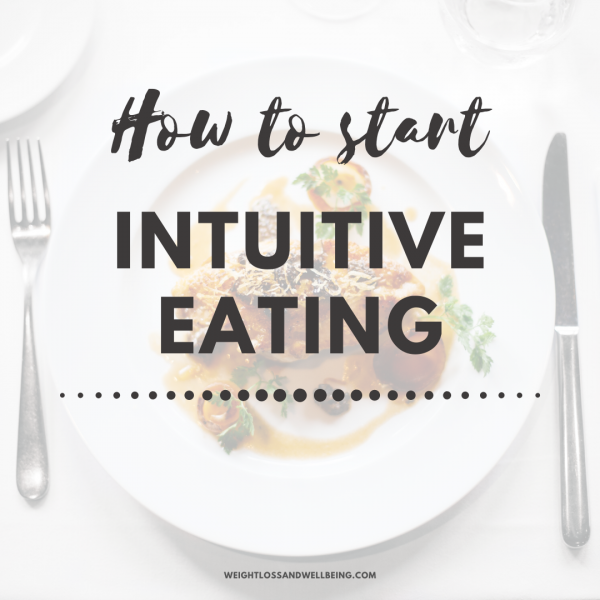You can learn to read scientific research. It is far more easier and accessible than you think it is!
We live in the Information Age. A wonderful time where all the world’s knowledge (and products) are at our fingertips. And people are still falling prey to juice “fasts,” detox tea, and other health fads.
I really can’t be so accusatory as I have fallen victim to misleading, incorrect, and manipulative health information many times. It’s almost impossible to trust a company’s health claims about their products. And recommendations from family and friends are not always correct.
Many times we are presented an over simplification of the facts. Research almost never proves causality and yet we are faced with strict suggestions.

Things like, “don’t eat carbs” or “don’t eat fat” aren’t always the whole story. So I encourage you to start fact checking everything you hear. And definitely before you ever consider trying it.
Obviously you should be deferring to your medical professional at all times. But looking at the research yourself can help you become a better advocate for your own health. And a more knowledgeable participant in your well-being.
Learning to read scientific research articles can be very intimidating, but it’s actually pretty straightforward. The more you read of them, the easier it becomes.

How to find Scientific Research?
Scientific research articles are published in peer-reviewed journals. Meaning they have been read through and approved by other colleagues and experts.
A lot of people have no idea where they can find scientific journals. And unless you’re a student, you probably don’t have access to any.
But there is an awesome way around this thanks to Google Scholar. It is a free search engine, identical to the Google you know. But this version exclusively searches research articles (and case law).
There are a few others sites similar to Google Scholar. Places like: CORE, SCIENCEOPEN, DOAJ, and ERIC are all free. Some articles may require purchase or a subscription for access, but you can usually still read the full Abstract. Which is a short, but handy summary of the experiment and the results, and is usually enough to get the gist of the article.
Use Filters & Key Terms
Always try to find newer research when searching. All of the search engines listed above allow you to filter by date. Try to shoot for the last five years, ten at the most. It is usually more relevant and accurate as our tools and methods are constantly improving and refining.
And just like you would in normal google, use key terms or phrases. As you look at the results, start to refine those terms. Match them to what you see. Sometimes you’ll realize the thing you’re looking for has a completely different name or association.
Scientific Language in Research
Start by reading the “Abstract” or the summary that is on the landing page. Usually you can get a decent understanding of their methods and results based on this paragraph.
I highly recommend reading the full article, if you have the opportunity. Stick to the Introduction and Conclusion if you’re just starting out. But there is usually so much nuance and detail that goes into scientific studies.

There are also a lot of big words and specific terms utilized in experiments. I have no idea what they mean a lot of the times. Some of the specific details (like odd names) I gloss over and look for the gist. But make sure you look it up the meaning of something if you really can’t infer it. But there are few common terms that you may see.
Research relies heavily on statistics and math so terms like “standard deviation” and “statistically significant” are common. In the former case, a standard deviation is a way to measure the variation in results.
And statistically significant refers to the results being large enough that they show a correlation, beyond the possibility of error. (Remember research usually can’t prove causation, only correlation.)
Scientific research is not specific, definitive, or conclusive. It can only show a relationship or correlation between to variables. Experimenters try to be as controlled and limited as possible, but humans make that very difficult.

Types of Experiments & Research Methods
It is super important to look at the details of the type of the experiment and how it was performed. There are three main types of research studies.
There is exploratory for discovering new ideas. Then descriptive for gathering quantitative info. And causal, for examining correlations.
Within this framework there are many specific methods that can be used to glean the necessary information. There are surveys or questionnaires that collect responses from participants.
These may not be very accurate, as humans are not very truthful self-reporters. However, they can usually show large significant trends and can be effective in the right circumstances.
There are also case studies that act as a single review of one participant. This may be a very in depth review, but it is only of one instance or participant. These can be very useful as exploratory methods to discover new ideas to study.
And then there is the gold-standard of research methods, the randomized control trial. In this method, participants are broken into two separate groups. One group is given the treatment or stimuli; what ever is being measured or tested. And the second group gets a fake version (also known as a placebo). This way the researchers can see if that stimuli actually had an effect.
Examining the research method or type of experiment is very important in really understanding what the results mean.
The Basics of Research Articles
Research Methods: As mentioned above, make sure you completely understand the research method. Looking at an article about a low carb diet might not be important to you if you learn that the participants still ate well over 100 g of carbs a day.
Or it may be good to know that the beneficial results of an exercise study came from only 3 twenty minute sessions a week. Make sure you fully understand how they found the results.

Sample Size: The Sample Size is the amount of participants or subjects in the experiment. We talked about case studies that only include on participant. But a lot of time, researchers have a hard time getting participants. So, many studies only have 10-30 participants, especially if the requirements are more demanding or rigorous.
Type of Subject: A lot of research is performed on animals or cells in a petri dish. Human trials or experiments are actually pretty few and far between. But it is so important to keep in mind that results could absolutely vary between us and the animals that we are studying.

And even cells in a petri dish do not necessarily have all of the complexity and interwoven systems that a full developed human does.
Sponsors & Funding: Always look and see if the research was sponsored or funded by a company or private institution. Unfortunately a lot of research money comes directly from private interest, which may not have the public’s interest at heart. It is important to really assess studies that are not publicly funded for any possible bias.
Overall, you will start to learn how to read these articles and exactly what you are looking for. And make sure you book mark the ones you like.











